The Siberian Tiger’s Thunderous Call

Picture this: you’re camping in the Russian wilderness when suddenly, a sound like rolling thunder echoes across the frozen landscape. That’s the unmistakable roar of a Siberian tiger, and it just traveled over 5 miles to reach your ears. These massive cats, weighing up to 660 pounds, possess vocal cords that can produce sounds reaching 114 decibels – louder than a chainsaw.
The sheer power behind a Siberian tiger’s roar comes from their incredible lung capacity and specialized larynx structure. When they let loose, the sound waves bounce off mountains and valleys, carrying their territorial message across vast distances. It’s nature’s way of saying “this land is mine” without having to patrol every square mile.
The African Lion’s Spine-Chilling Proclamation

Nothing sends shivers down your spine quite like hearing a male lion’s roar pierce the African night. These kings of the savanna can produce roars that travel up to 5 miles across the open grasslands, serving as both a warning to rivals and a beacon to their pride. The sound can reach 114 decibels at close range, making it one of the most powerful vocalizations in the animal kingdom.
What makes a lion’s roar so incredibly far-reaching is the flat, open terrain of their habitat. Unlike dense forests that muffle sound, the African savanna acts like a natural amphitheater, allowing these magnificent calls to carry enormous distances. Local communities have long used lion roars as natural alarm clocks, knowing that the loudest calls typically happen just before dawn.
The Jaguar’s Jungle-Shaking Growl
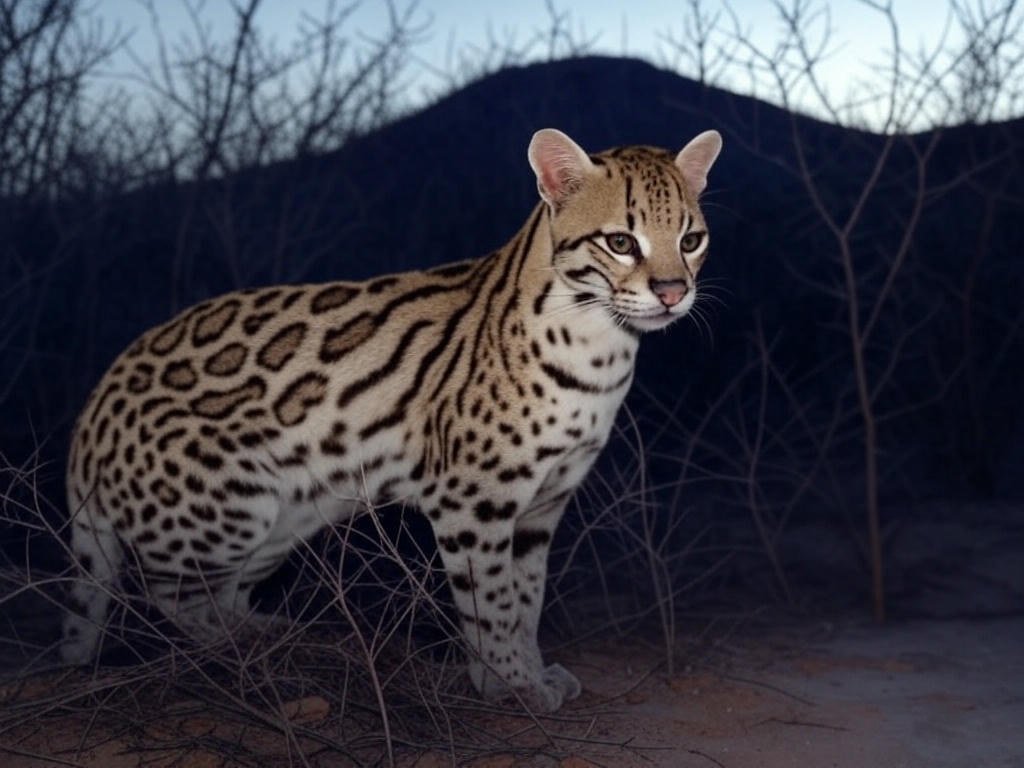
Deep in the Amazon rainforest, the jaguar’s roar cuts through the dense canopy like a primal scream from prehistory. Despite the thick vegetation that typically dampens sound, these powerful cats can still make their presence known from over 5 miles away. Their roar is lower and more guttural than their African cousins, perfectly adapted to penetrate the jungle’s acoustic maze.
Jaguars have the strongest bite force of any big cat, and this incredible jaw strength translates into vocal power too. Their roars often sound like a series of deep coughs or grunts, but don’t let that fool you – these vocalizations pack serious punch. Indigenous tribes have stories of jaguar roars being heard across entire river valleys, serving as spiritual omens and territorial markers.
The Leopard’s Haunting Sawing Sound
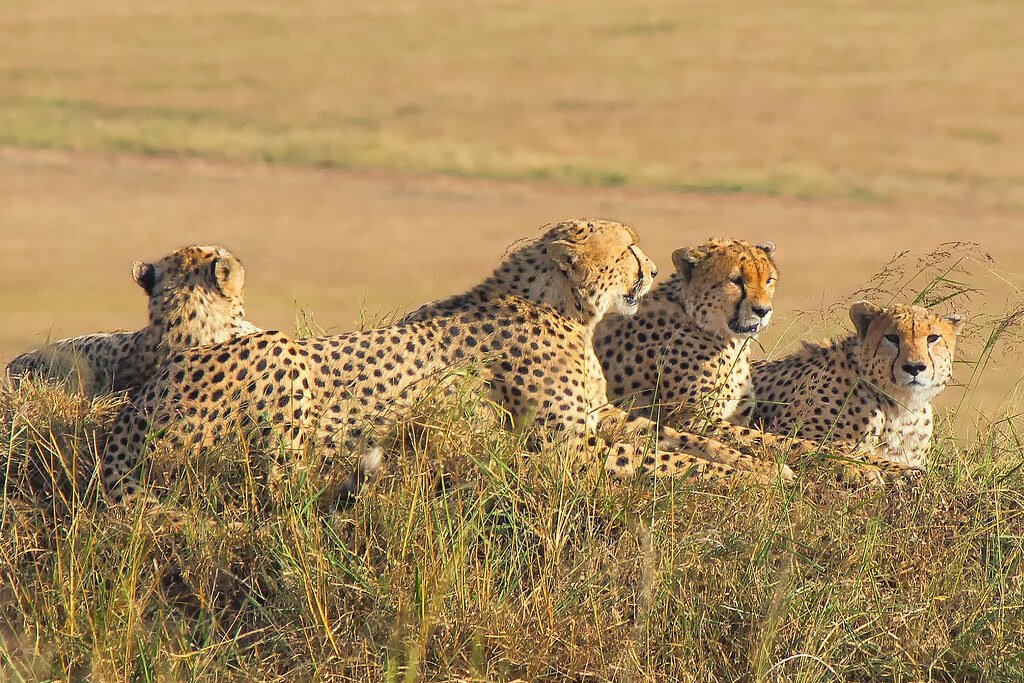
The leopard’s “roar” is actually more like a repetitive sawing sound that can chill you to the bone. This distinctive call, often described as wood being cut by a coarse saw, can travel remarkable distances – sometimes over 5 miles in the right conditions. It’s a sound that once heard, you’ll never forget, and it’s perfectly designed to echo through rocky terrain and dense bush.
What’s fascinating about leopard vocalizations is how they use the landscape to their advantage. These master hunters often position themselves on rocky outcrops or hilltops when calling, using natural acoustics to amplify their message. The sawing sound can continue for several minutes, creating an almost hypnotic rhythm that carries their territorial claims across vast territories.
The Mountain Lion’s Piercing Scream
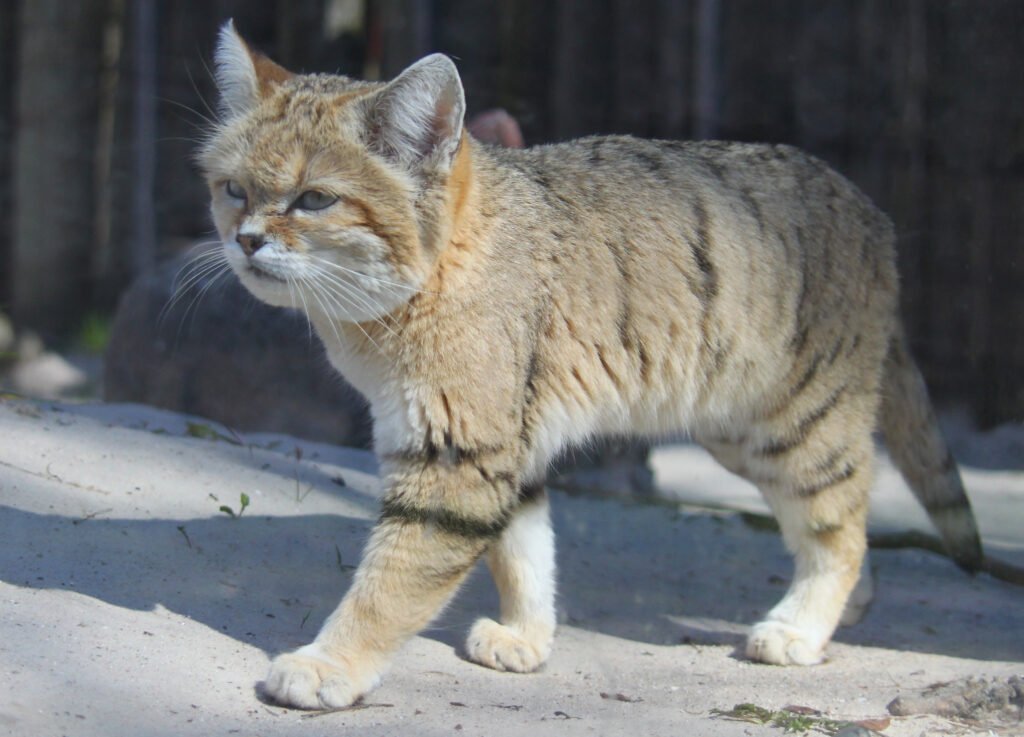
Forget everything you think you know about big cat roars – the mountain lion’s call is pure nightmare fuel. Instead of a traditional roar, these cats produce blood-curdling screams that sound almost human in their intensity. These haunting calls can travel over 5 miles through mountain valleys, often mistaken for supernatural phenomena by unsuspecting hikers.
Mountain lions, also called cougars or pumas, lack the specialized vocal anatomy for true roaring, but their screams are arguably more terrifying. The sound combines elements of a woman’s scream with an otherworldly wail, perfectly adapted to echo through rocky canyons and dense forests. Many wilderness enthusiasts report hearing these calls from incredible distances, often describing them as the most unsettling sounds they’ve ever encountered in nature.
The Snow Leopard’s Mysterious Mountain Call
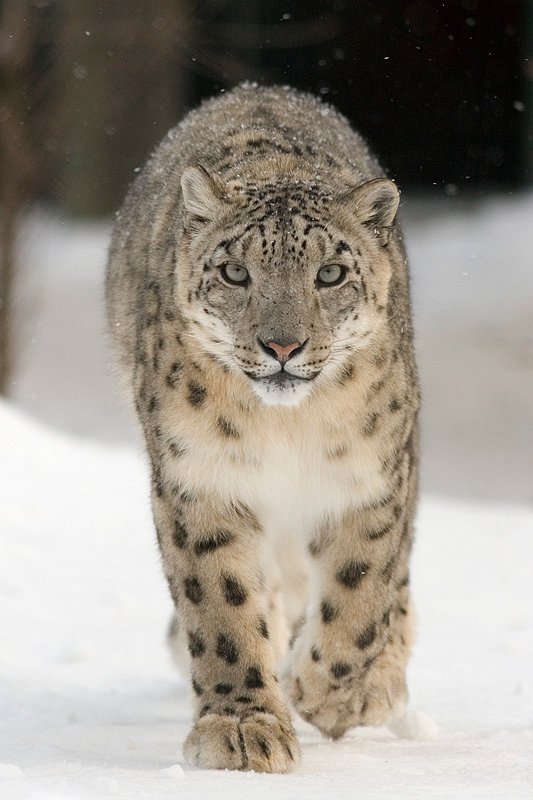
High in the Himalayas, where the air is thin and sound travels differently, the elusive snow leopard produces calls that can be heard from over 5 miles away. These ghost cats of the mountains use a combination of chuffs, growls, and long-range calls to communicate across the vast, rocky terrain of their high-altitude habitat.
Snow leopards have adapted their vocalizations to work in one of Earth’s most challenging acoustic environments. The thin mountain air and rocky surfaces create unique sound propagation patterns, allowing these cats to communicate across valleys that would take hours to traverse on foot. Their calls often sound like a mix between a yowl and a moan, perfectly suited to the haunting landscape they call home.
The Science Behind Super-Powered Roars

What makes these big cat calls so incredibly powerful isn’t just lung capacity – it’s a perfect storm of anatomical adaptations. Big cats possess a specialized hyoid bone structure that allows for maximum vocal cord vibration, while their large chest cavities act like natural resonating chambers. The result is a sound that can literally shake the ground beneath your feet.
Temperature, humidity, and terrain all play crucial roles in how far these roars travel. Cold, dry air carries sound better than warm, humid conditions, which is why many of these long-distance calls are most effective during cooler parts of the day. The acoustic properties of different landscapes – from open savannas to echoing canyons – can either amplify or dampen these incredible vocalizations.
When Roars Become Legends
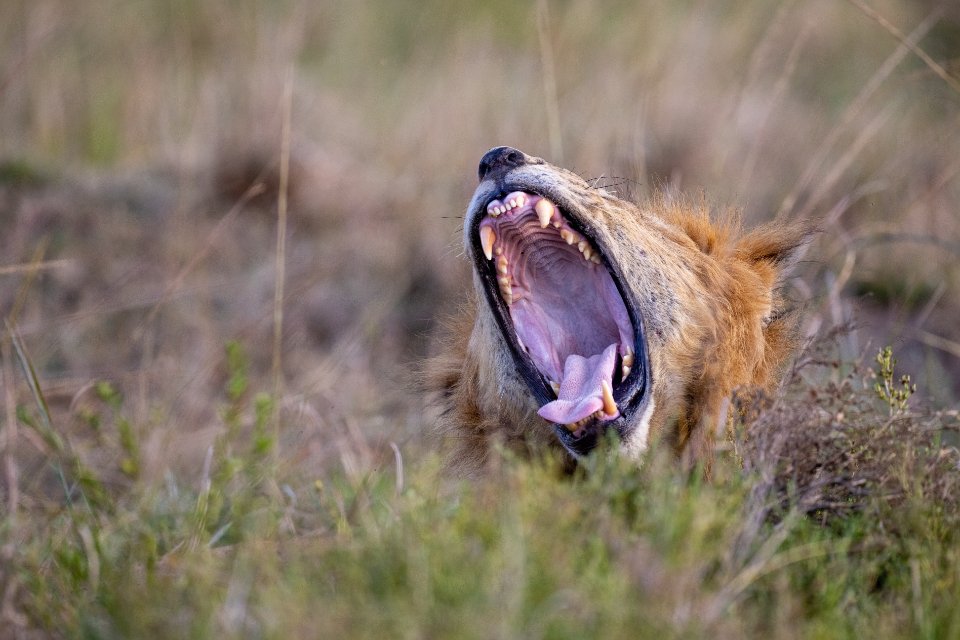
Throughout history, these long-distance big cat calls have inspired countless myths and legends. From ancient civilizations believing roars were messages from gods to modern-day cryptozoology reports, these powerful vocalizations have shaped human culture in profound ways. Many indigenous communities still use traditional knowledge about big cat calls for navigation and territorial awareness.
The psychological impact of hearing a big cat roar from miles away cannot be overstated. That primal fear response, hardwired into our DNA from millennia of coexistence with these apex predators, still triggers an immediate fight-or-flight response. It’s a reminder that despite our modern world, we’re still part of an ancient food chain where sound can mean the difference between life and death.
Recording the Impossible

Wildlife researchers and sound engineers have spent decades trying to capture these long-distance roars, often with mixed results. The challenge isn’t just technical – it’s about being in the right place at the right time when a big cat decides to unleash their full vocal power. Modern recording equipment can pick up these calls from incredible distances, but the experience of hearing them live is irreplaceable.
Some of the most successful recordings have come from research stations positioned strategically near known big cat territories. These audio captures have revealed fascinating patterns in calling behavior, showing how different cats use varying intensities and frequencies depending on their intended message. The data has revolutionized our understanding of big cat communication and territorial behavior.
The Future of Big Cat Voices
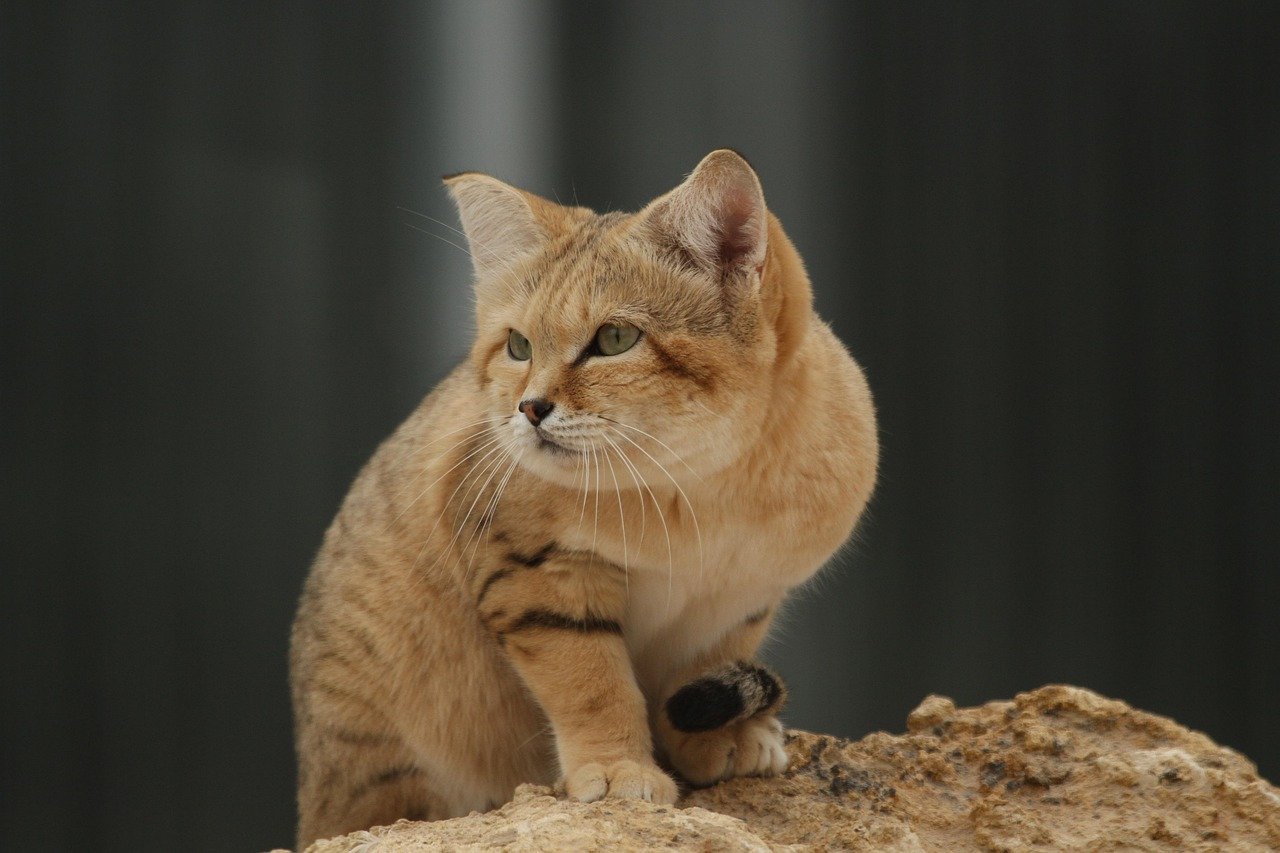
As human development continues to encroach on wild habitats, the acoustic landscape for big cats is changing dramatically. Noise pollution from roads, machinery, and human activity is interfering with these ancient communication systems, forcing cats to adapt their calling patterns or risk losing contact with their kind. Conservation efforts now include protecting not just physical habitat, but acoustic habitat as well.
Climate change is also affecting how sound travels through different environments, potentially disrupting communication networks that have existed for thousands of years. Understanding these changes is crucial for developing effective conservation strategies that preserve not just big cat populations, but their ability to communicate across the vast distances their survival depends on.
Conclusion: The Echo of the Wild
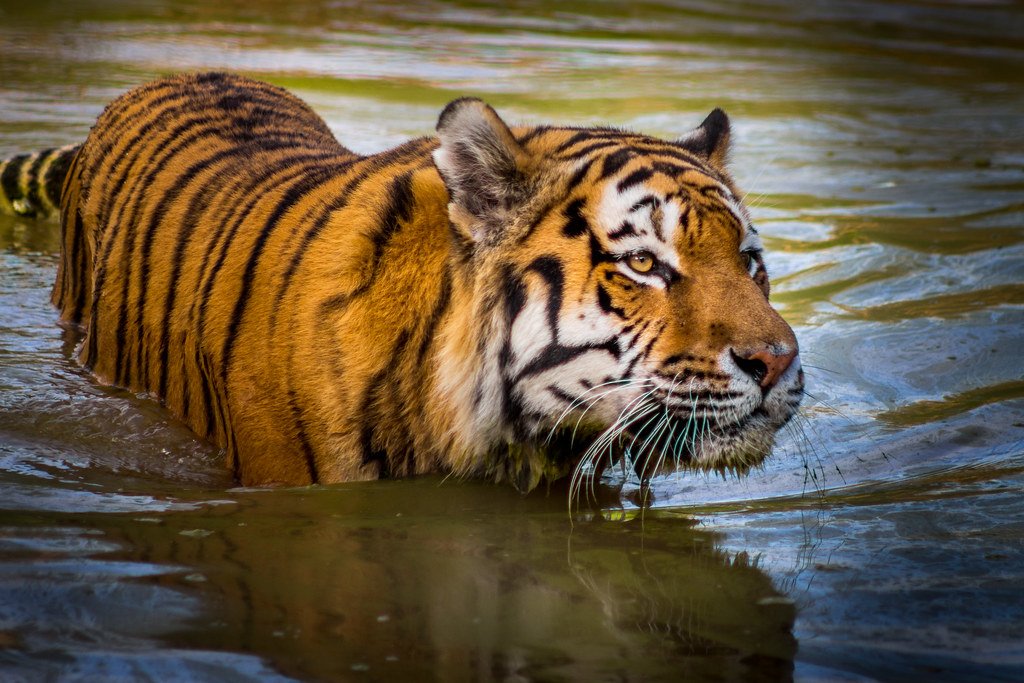
These incredible long-distance roars represent more than just impressive vocal abilities – they’re the very essence of wilderness itself. In a world where true wild spaces are becoming increasingly rare, the sound of a big cat calling across miles of untamed landscape serves as a powerful reminder of what we stand to lose. Each roar carries with it the weight of millions of years of evolution, the story of apex predators who ruled their domains through voice as much as through strength.
The next time you hear about a big cat roar echoing across miles of wilderness, remember that you’re witnessing one of nature’s most remarkable acoustic achievements. These calls connect us to something primal and profound, a reminder that the wild still has a voice – and it’s calling from farther away than you might think. What would our world sound like if these magnificent voices fell silent forever?
Hi, I’m Bola, a passionate writer and creative strategist with a knack for crafting compelling content that educates, inspires, and connects. Over the years, I’ve honed my skills across various writing fields, including content creation, copywriting, online course development, and video scriptwriting.
When I’m not at my desk, you’ll find me exploring new ideas, reading books, or brainstorming creative ways to solve challenges. I believe that words have the power to transform, and I’m here to help you leverage that power for success.
Thanks for stopping by, Keep coming to this website to checkout new articles form me. You’d always love it!






